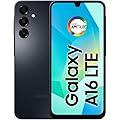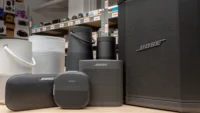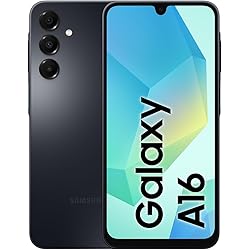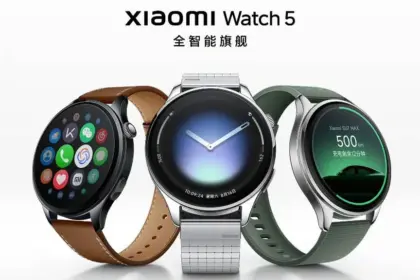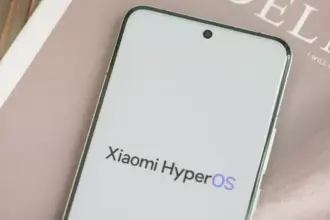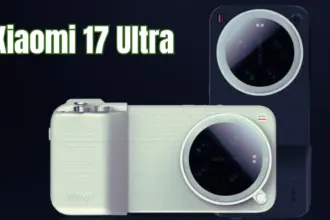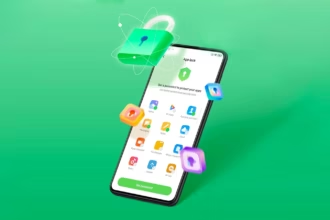The proliferation of images in the digital realm is undeniable. We’re constantly snapping photos, whether they’re professional shots or casual memories captured on our smartphones. And as technology continues to evolve, so do the file formats we use to store these images. Enter HEIC – a relatively new and efficient format that’s making waves, yet presents certain challenges that prompt the need for conversion tools.

Understanding HEIC’s Rise
When Apple introduced HEIC (High-Efficiency Image File Format) as its default format for photos, it marked a shift in the digital imaging landscape. HEIC offers high-resolution image storage with almost half the size of its JPG counterpart. It’s the future, blending quality and efficiency. But like all advancements, it’s not without its teething issues.
The HEIC Hurdle
The brilliance of HEIC lies in its space-saving capacity without compromising on image quality. But this comes with the cost of compatibility. Most non-Apple devices, and even some popular software and platforms, have yet to adopt this format.
So, what do you do when you have a top-quality HEIC image that needs to be viewed, edited, or shared on a platform that doesn’t support it? You resort to conversion.
The Conversion Solution
- JPG: The Universal Language of Images – The need to convert heic to jpg stems from the universal acceptance of the JPG format. Almost all devices and platforms recognize it. Converting HEIC to JPG allows users to maintain a balance between quality and compatibility. It ensures that your photos can be easily accessed, edited, and shared across various platforms.
- PNG: Preserving Quality – For those who prioritize image integrity, especially when dealing with graphics or images with transparency, PNG is a preferred choice. Thus, the option to convert heic to png offers a lossless compression solution. This means every pixel of the original image is preserved, ensuring no degradation in quality.
Why Convert?
- Compatibility: While HEIC might be efficient, it’s not universally accepted. Converting ensures your images are accessible everywhere.
- Flexibility: Different projects require different formats. Whether you’re designing a website or editing a photograph for print, having your image in the right format is crucial.
- Storage Management: Although HEIC is efficient, there might be instances where you’d need to convert to JPG to reduce file size further or to PNG to maintain quality.
Embracing the Future
There’s no denying that HEIC is a testament to the ever-evolving digital world. As we move forward, it’s crucial to have the right tools to navigate these changes. Conversion tools serve as a bridge, ensuring that while we embrace the future, we remain rooted in the present’s practicalities. In the end, it’s all about ensuring our memories and professional works are not confined by formats but are free to be shared, appreciated, and utilized in the vast digital universe.




